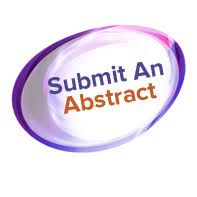Berkant KAYAN
Aksaray University, Arts and Sciences Faculty, Aksaray, Turkey
Title: Usage of high temperature liquid chromatography in pharmaceutical applications
Biography
Biography: Berkant KAYAN
Abstract
‘Green chemistry’, ‘benign chemistry’, ‘clean chemistry’, etc., are all terms used to describe approaches that consumption of reagents and energy, minimize the use of feedstock, as well as generation of wastes in the chemical industry. There are several approaches to achieve this goal such as using environmentally benign solvents and reagents, reducing the chromatographic separation times. High-temperature liquid chromatography (HTLC) is one of these techniques. This technique deals with liquid chromatography separations performed at temperatures typically within a range from 40â—¦C to 200â—¦C using organic solvent-water mixtures as the mobile phase. Working at high temperature is a promising approach to increase the analysis speed. Increasing the temperature leads to an increase in the mobile phase linear velocity. At the maximum operating pressure, the main benefit of an increase in the temperature is a reduction in the analysis time. In addition to decreasing the analysis time, reduction in mobile phase consumption could also be achieved leading to greener analysis. Traditional methods used for the analysis of pharmaceutically active compounds require large volumes of organic solvents and generate large amounts of waste. Also, the organic solvents used in analysis are very hazardous and dangerous for environmental and human health. With the awareness about the environment, the development of green technologies has been receiving increasing attention aiming at eliminating or reducing the amount of organic solvents consumed without loss in chromatographic performance. HTLC technique used the minimum level of organic solvent in which world wide attention has been obtained recently.

